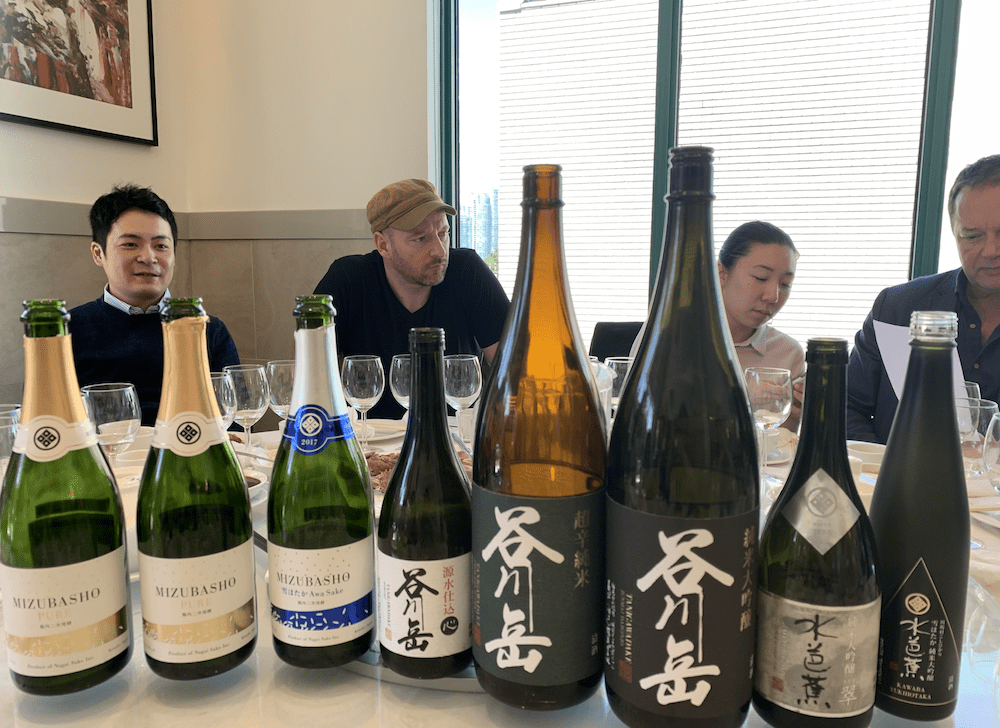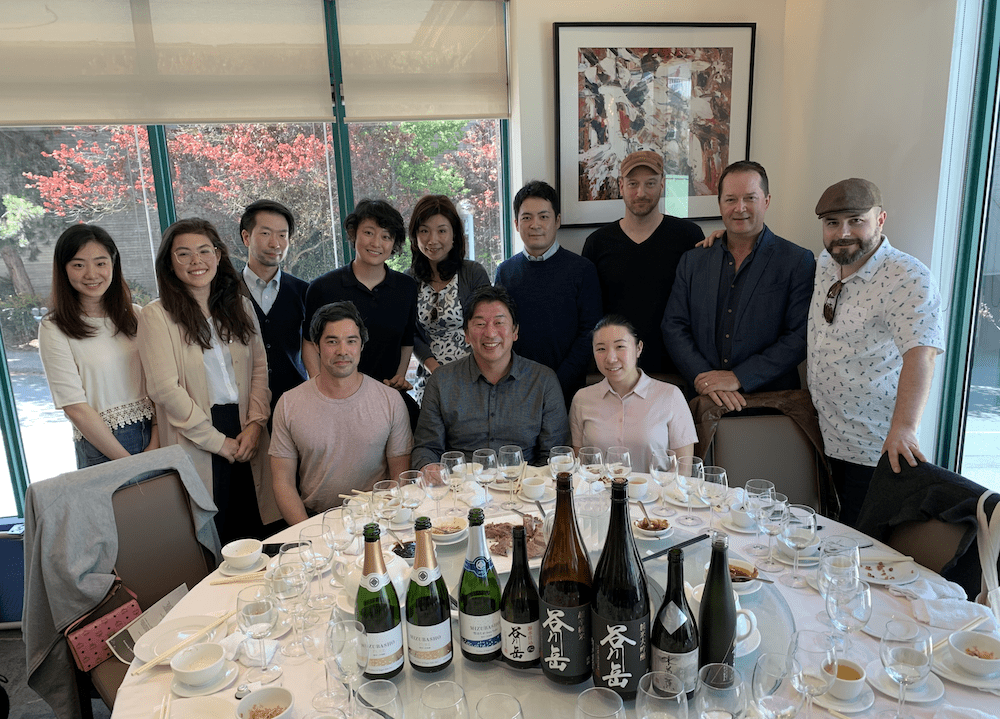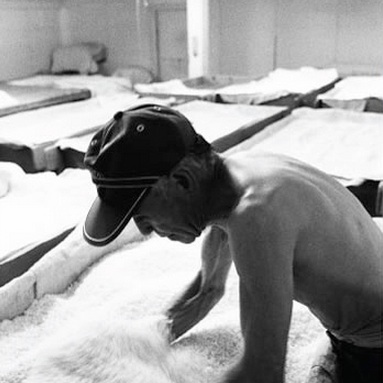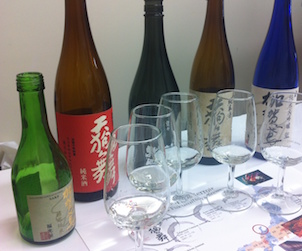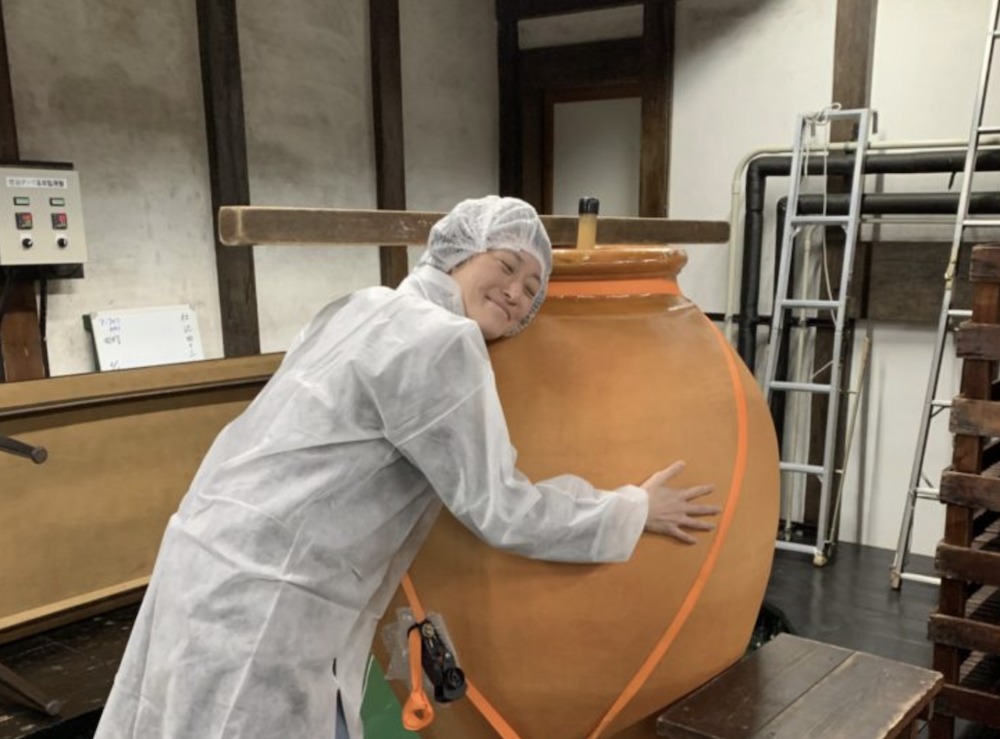The sparkling sake category is like a box of chocolates, full of delicious caramel filled gooey ones and some unfortunate duds, left in the box until the very end. Maybe they’re orange liqueur filled or perhaps it’s the marzipan (which I love by the way) you choose to leave to the very end. Sparkling sake can also be delicious, full of brightness and life and there are…well, some are just tasty or maybe they’re too experimental.
The Sparkling Sake Association of Japan (Awazake Association) is a group of sake producers who have joined forces to bring cohesion and awareness to this dynamic but confusing category. The Awazake Association (http://www.awasake.or.jp/en/) consists of 15 very forward thinking sake brewers and at the helm of this group is Noriyoshi Nagai, the 6th generation president of Nagai brewery in Gunma and the founding president of the association. He’s been experimenting for years on making traditional method (Champagne method) sparkling sake, with secondary fermentation in bottle, hand riddling and bottling with a cork. Like any innovator, he says “I failed 700 times before we got it right”.
We hosted Nagai san and Matsumi san (his fiancé) in Vancouver for a few days in April where we got to taste the Mizubasho Pure, Nagai brewery’s traditional method sparkling sake made with Yamadanishiki rice. They also make a sparkling sake from Yukihotaka rice (a regionalized variety of Koshihikari rice), which we tasted alongside the Pure.
In the lineup, we had three sparkling sakes: 1) Mizubasho Pure from the current BY (brew year) 2) Mizubasho Pure from 3 years ago (thanks to Roger Maniwa for sharing!) and 3) Mizubasho Yukihotaka (current).
Here’s how they were showing:
- Mizubasho Pure (current): fresh notes of melon, crisp apples, slightly yeasty and rice-y. Soft but persistent bubbles with good texture on the palate. Very delicate and clean.
- Mizubasho Pure (3 years old): some aged notes on the nose, caramel and oxidation. Less bubbles, drier on the palate and clean finish. Layered and complex.
- Mizubasho Yukihotaka (current): bigger nose, tree fruits and melons. Bigger on the palate with more energy and density.
*all three are polished to the same percentage and brewed in the same way.
It’s important to note that the Mizubasho Pure base sake has changed over the years. The sake from 3 years ago used to be made to +3 SMV (sake meter value) while the current Pure is at around -5 SMV. The objective now is to make a more delicate, softer sparkling sake. Personally, I think the drier, aged version could be more interesting for food pairings while the current style is more finessed and is delicious on it’s own or paired with delicate dishes like raw oysters, white seafood or Chawanmushi. The aged Pure would be interesting to try with more intense fish like Aji or dishes seasoned with dashi.
The Yukihotaka sparkling is made from a localized version of Koshihikari, a very famous eating rice. This rice used to be only available for the Emperor and if you’re in Kawaba village (where Nagai brewery is located) so it’s as fancy as it gets. Nagai san decided he wanted to show the expression of this highly regionalized rice because it’s only available in his village (or the Emperor’s kitchen). It’s the rice he’s chosen to show terroir, a sense of place. We found this sake brighter, with more energy and a richer mouthfeel. Yamadanishiki is easier to polish, with a big shinpaku (starch heart) whereas the Yukihotaka has no shinpaku. This means that there’s more fats, proteins, minerals and vitamins left in the rice when the brewer is using Yukihotaka or any table rice. What you get as a result is more flavour and potentially complexity.
What we’re going to keep seeing for a while most likely is a large range of styles and continued experimentation in the sparkling sake category. The good news is that they’re getting better and better with more knowledge and science, which can only mean good things for everyone.

